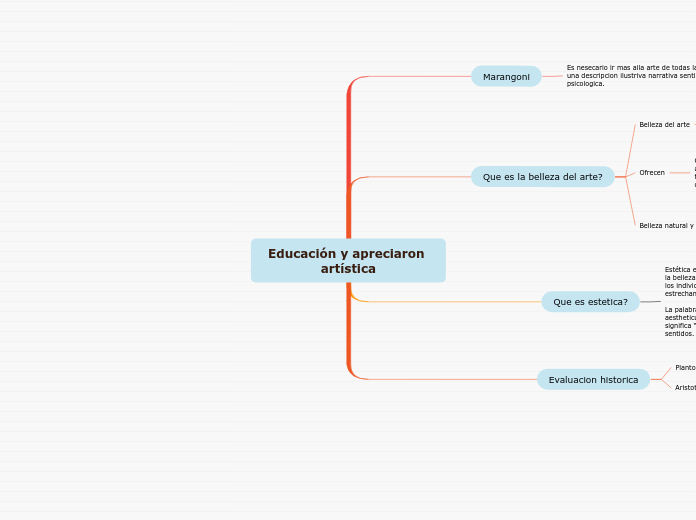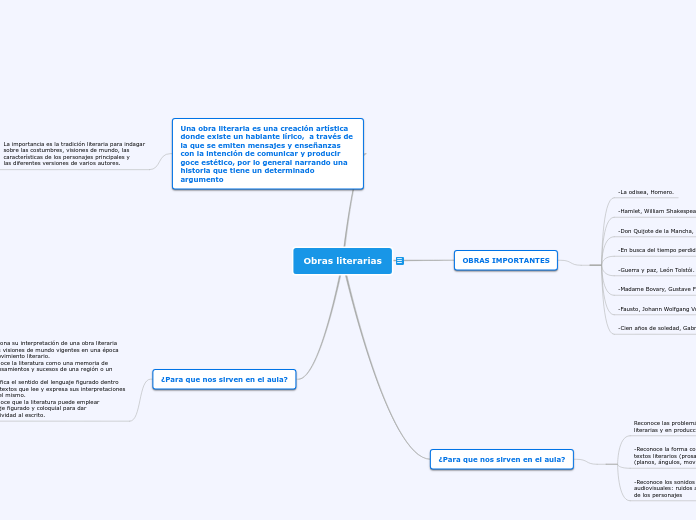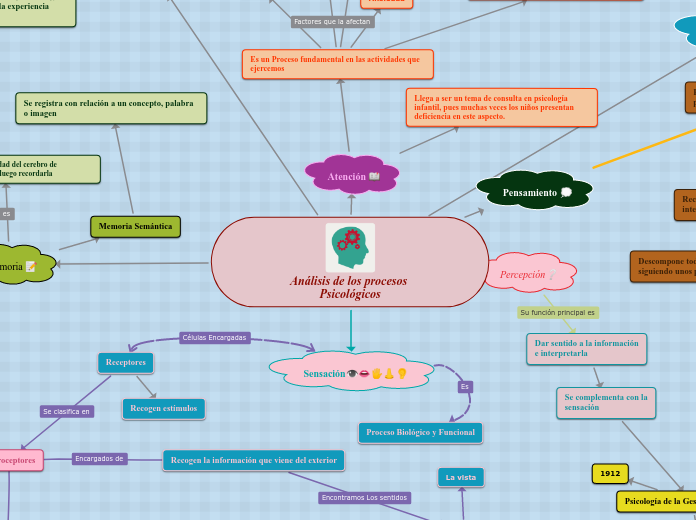Educación y apreciaron artística
To name your story, you have to think about the overall message and what you want your audience to understand from the story. Also, make it relevant and easy to remember.
Evaluacion historica
The ending of a story is essential. We all know that if the ending is weak, what happened before loses its importance. So make it unpredictable, but fair. A resolved ending answers all the questions and ties up any loose threads from the plot.
Aristoteles
This is the closure section of the story.
See examples of possible outcomes below:
- all problems have been solved
- it's clear how each one of your characters ends up
- your main character is transformed by the challenge
El lo que tenia que era racional en todo asi como el alma + cuerpo
Try answering these questions to come up with a closure:
- Have all the problems been solved?
- Is there a clear picture of what happens with each character in the story?
- Has the challenge transformed your main character?
- How do the characters feel in the end?
Planton
This is the moment when the main character surpasses the last obstacle and finally faces their greatest challenge.
The climax usually follows one of these patterns:
- realization
- resolution
- choice
Type in your answer.
Fue el primero que trato en los conceptos esteticos
Que es estetica?
Estética es la disciplina que estudia la naturaleza de la belleza y la percepción de la misma por parte de los individuos, por lo cual se relaciona estrechamente con el arte.
La palabra estética deriva del latín moderno aestheticus, y éste del griego aisthētikós que significa “percepción o sensibilidad” a través de los sentidos.
La palabra estética deriva del latín moderno aestheticus, y éste del griego aisthētikós que significa “percepción o sensibilidad” a través de los sentidos.
Estética es la disciplina que estudia la naturaleza de la belleza y la percepción de la misma por parte de los individuos, por lo cual se relaciona estrechamente con el arte.
Subtopic
Que es la belleza del arte?
The middle of the story is where you add layers of complications that will lead to the end. Reveal more about the character's journey. Did their personality go through changes? How did they overcome the challenges? And as you build up the story’s central conflict, make it more personal to that character. Also, from the middle act, you have to lead into the final act.
Belleza natural y artificial
There wouldn't be any tension and excitement in your story if there weren't any obstacles in your character's way.
aquella que se ostenta naturalmente, sin que se haya tenido la necesidad de pasar por el quirófano para ajustar ningún desperfecto. En este sentido, se dice que tener belleza de traza es tener belleza física natural. Lo opuesto es la belleza artificial, en auge actualmente, que implica el empleo de la cirugía estética para corregir o aumentar algunos aspectos de cuerpo para hacerlo más bello.
A story is nothing more than a character overcoming a series of difficulties to reach the desired goal. Obstacles usually create suspense and conflict. In overcoming obstacles, there is growth: weak becomes strong; hatred turns into love; sadness into happiness; wrong into right; lies into truth; or evil becomes good.
See a few examples below:
- stopping a meteor
- finding a killer
- finding love
Obstacles
Ofrecen
Your character(s) need(s) motivation in order to solve the challenge(s).
Como la música, la literatura, la danza, la arquitectura, la escultura, la pintura y el cine, con la finalidad de conmovernos, impresionarnos y deleitarnos.
Secondary characters also might have motivs beacuse of which they may cross path with main character or which might trigger them to help the main character.
Motivation
Belleza del arte
Each story has a main character and that character usually needs to solve a problem or challenge. The character's challenge is the one that creates tension throughout the story.
la belleza es aquella que se asocia a un conjunto de principios estéticos intrínsecos a determinada disciplina artística. En este sentido, la belleza es la mayor aspiración artística, pues conjuga armonía de formas, impacto expresivo, potencial simbólico y verdad filosófica dentro de los recursos que ofrecen
Marangoni
In the beginning of the story (or the exposition), you will need to introduce the setting and characters. You might also want to introduce the main conflict. This part of the story is important because it gives the reader necessary background information and maybe even a first insight into a character’s personality.
Es nesecario ir mas alla arte de todas las epocas y es una descripcion ilustriva narrativa sentimental y psicologica.
The setting (time & place) of a story can change throughout the plot.
Sensory detail
Sensory details include sight, sound, touch, smell, and taste. These details are important because they create depth in your setting.
See a few examples below:
- the smell of fresh bread
- the scent of freshly cut grass
- rain falling onto the windshield etc.
Sensory details
Weather
The weather is an important element in your story because it can highly influence the ambiance and the mood of the characters.
Do these weather conditions affect the main character?
The most affected character is the main character. Write down here if he/she is affected by these weather conditions in any way. For example, if they lost a family member or their home during a hurricane, etc.
Elements of nature
Decide if you want to include an element of nature in your story. For example, a rainbow can be a very nice choice for a happy ending. The mist in a story can represent mystery and secrets. A thunder can appear in the background at the moment when the 'bad guy' of the story makes its appearance, etc.
Catastrophic event
Does your story include catastrophic weather? See a few suggestions below or add your own:
- hurricane, earthquake, storm, etc
Time
The time of the story can also change. It can describe the event of a single day or can include an entire year's plot. Anyway, don't forget to mention it.
CHARACTERS
Characters are essential to a good story. Usually, the protagonist(s) is/are the most affected by the plot. Introduce a character by focusing on their actions, interests, and occupation, as the physical appearance doesn't make a difference in most cases.
Character's name
Type in the name of your character.
Other
Add other qualities/attributes of the character.
Main Goal
What is your character's main goal?
fight Evilfind lovedefeat his/her enemyrule the worldmake friendstime travelmake an awesome discoveryOther
Character traits
Which traits best describe the character's personality? Choose more if necessary:
introvertedloyalkindindependentquick-thinkingadventuresomeidealisticsweet-naturedcalmrisk-takercreativewittystrictfussyweirdclumsyharshaggressivecarelessclingingcowardlycrueldeceitfulimpulsiveOther
Type of character
Choose the type of your chacter:
Protagonist (main character)Antagonist (main character's opponent)Flat (stereotypical character)Round (his/ her personality develops throughout the story)Static (doesn't evolve as a person throughout the story)Dynamic (dramatical change in personality)Confidant (the main character trusts him/ her)Foil (contrasting character who enhances the personality of another character)Other
Time of plot
Where does the story takes place?
Your story can take place wherever your imagination will take you to.
For example: in an elevator, in an enchanted forest, etc. Don't forget to give details of the environment each time the setting changes, otherwise, the story can be confusing. Also, mention the seasons as each of them has unique weather and events.
Location










